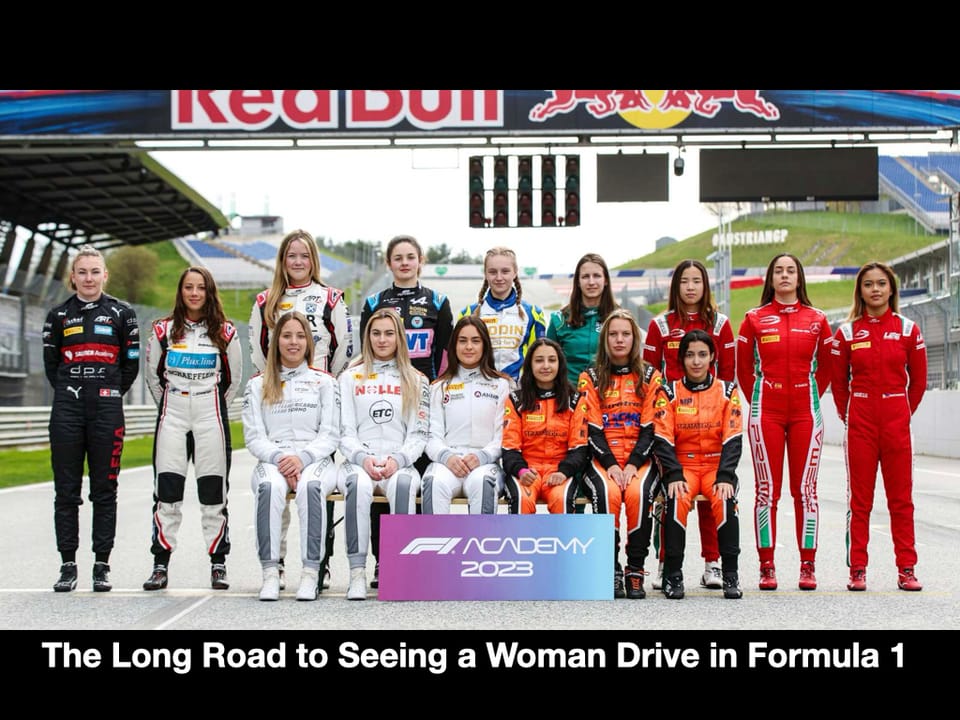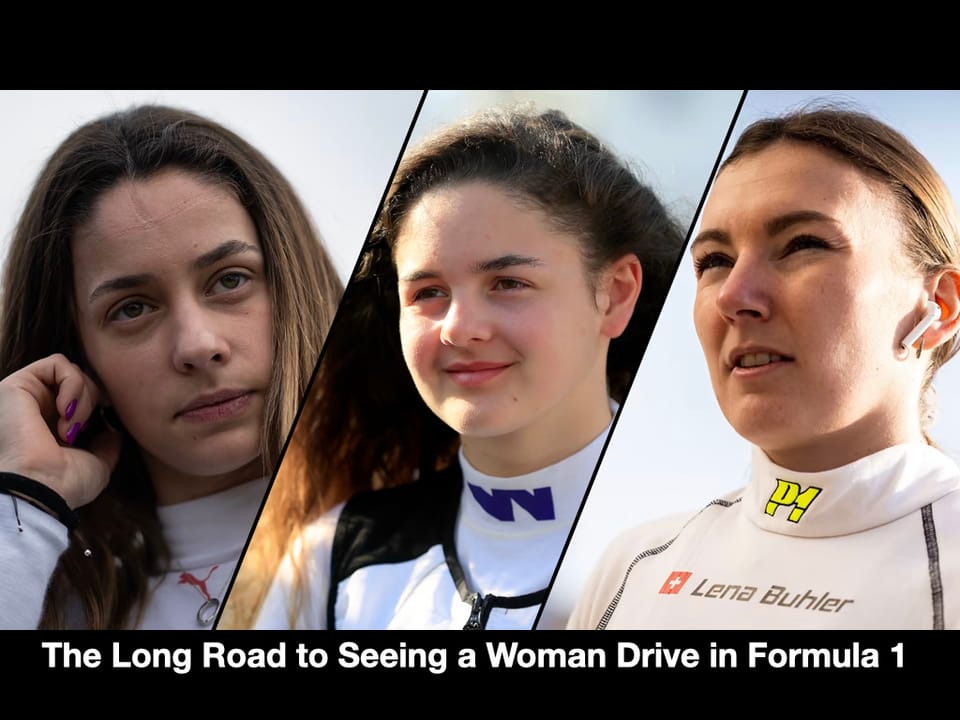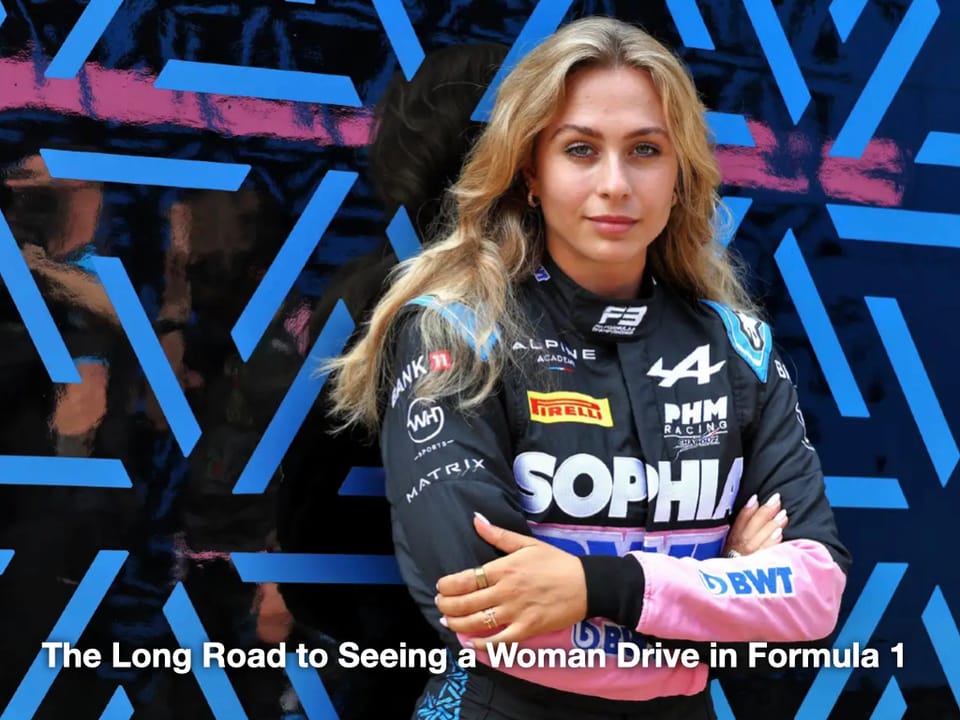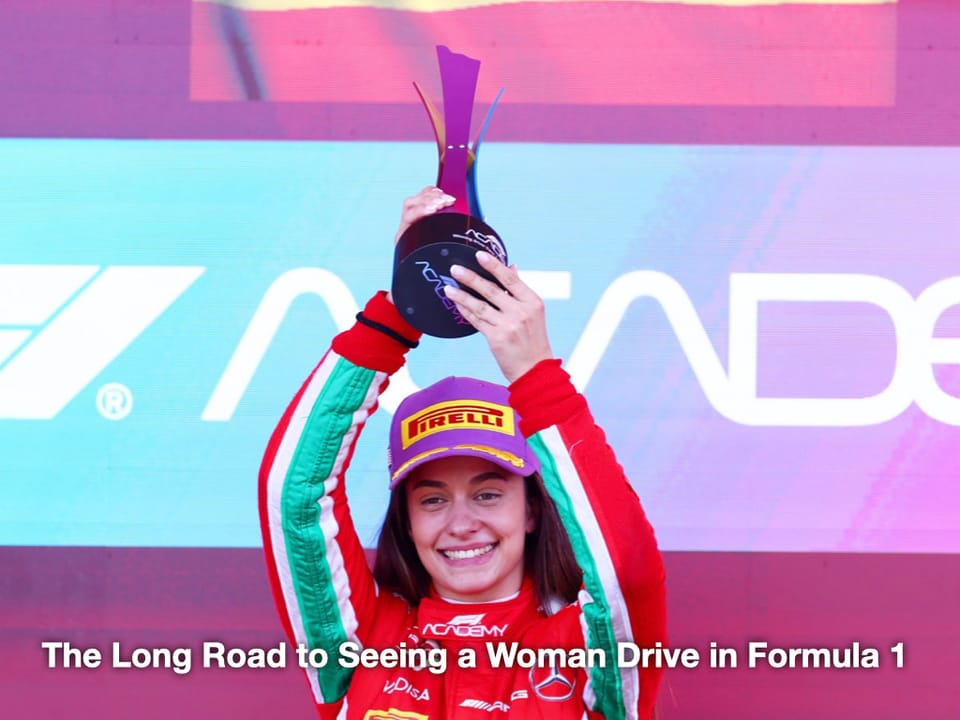Understanding how drivers reach Formula 1
The journey to Formula 1 explained
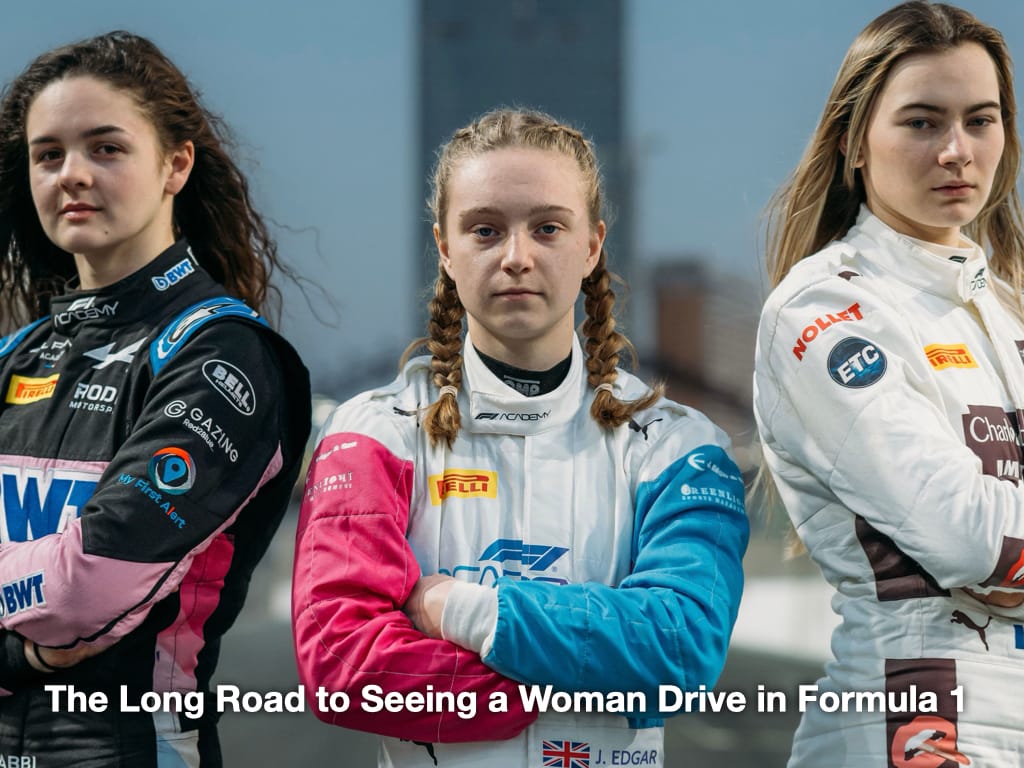
“Despite being one of the few sports in the world where men and women compete together. No woman has raced in F1 - the highest level of motorsports - since the 1970’s” - More Than Equal’s Insider Track: Exploring the gender gap in motorsports
F1 is the pinnacle of motorsport. It’s THE elite series that drivers across the world dream of and aspire to reach. With only 20 seats available on the grid, to say that competition is high, would be an understatement.
Reaching F1 is no easy feat. Drivers across gender face numerous challenges on this journey. Research suggests there's a clear gender participation gap in motorsport. But before we understand why this gap exists, it's imperative to understand how drivers reach Formula 1.

Most drivers start with karting as early as 4 or 5, although typically the age is set to 8 to14. With Karting they develop their race craft and understand the style of competitive driving. Alongside this training, the drivers needs huge investment - to buy gear, to enter into competitions, to travel to those competition and also to have a support structure around them.
Motorsport is also a very expensive sport. Entry cost itself is a huge barrier for most drivers. Drivers need to be able to raise sponsorships at various level of the competition. Furthermore they need fitness, specialised physical training, dedication and lots of courage. Motorsport is also a dangerous sport and not everyone is cut out for its occasionally gruesome nature. All of this makes motorsports really challenging to enter and excel in.

Throughout their junior careers drivers compete in a series of championships that help them rise through the ranks and gain super license points(in F3 and F2), that are required to enter F1.
In 2014, the Fédération Internationale de l'Automobile (FIA), the international body governing motorsport, streamlined the process by creating a FIA Global Pathway from Karting to Formula One Program. The tier structure of the program is set to increasing order of difficulty and vehicle power. This consolidation of “feeder series” helped create a linear path that aspiring drivers can follow to reach their goal.
The process can be best understood with the help of the following infographic:

Karting tracks across the world hold several championships throughout the year for beginners. Some karting championships like those hosted by Dubai Kartdrome are international competitions. Drivers doing well in these often land a seat in Formula 4 championships. This is where the real F1 journey begins. Drivers compete in one or more F4 championship around the globe, based on the availability of funds. Drivers that do well move to Formula Regional championships. Each increasing level of competition also increases the complexity of the car and requires more physical and technical skills to master. Formula regional is regarded a difficulty competition and drives that do well here have incredible chances to advance ahead.
From formula regional, drivers join well established teams which then enter Formula 3 and Formula 2. These are International Championships that happen as a one time event. With limited entry, the junior category competition peeks at these levels. Drivers get super license points from F2 and F3 which they can then use to enter Formula 1. Formula 1 only ha 20seats and very few to none vacancies open in season.
All of this makes Formula 1 really difficult to reach and drivers, across all genders, face numerous challenges at each level of competition.
Watch | Feeder Series and pathways to Formula 1, Video by Jacob Bosley
This article is part of series titled "The long road to seeing a woman drive in Formula 1". Read how gender plays a role in Formula 1 and why a sport where gender doesn't matter has a participation gap, in the next Article -



